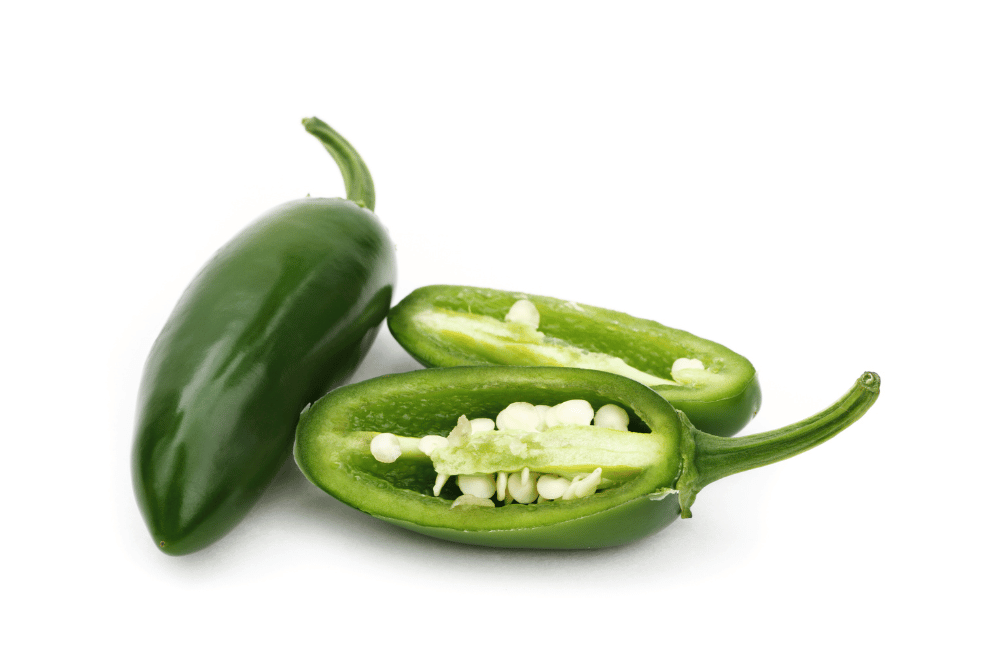The jalapeno pepper is literally the pepper by which all other hot peppers are measured. It has the perfect amount of heat, and the fresh, distinctive flavor truly makes it a hot pepper for the masses. The stable and steady warmth has also earned it the unique honor of being a universally essential ingredient in cuisines worldwide.
What Are Jalapeno Peppers?
This mild member of Capsicum annuum hails from Xalapa, the capital of Veracruz, Mexico. The name jalapeno is Spanish for Jalapa, which translates to Xalapa, which is how the jalapeno got its name.
The standard jalapeno is dark green, about 3 inches long, and tapered. Its thicker walls mean it holds up well in nearly any preparation. And for most people, the mild jalapeno heat is well tolerated and enjoyed.
Jalapeno production is now a booming industry. Hundreds of acres are dedicated to just the jalapeno across California, New Mexico, and Texas. Each pepper plant will produce a large number of peppers and be harvested 2-3 times over the growing season, thus allowing them to be easily found in any grocery store.
Jalapeno Pepper Quick Facts
Origin: Mexico
Color: Mostly harvested and eaten green, but turns red if left to ripen on the plant.
Flavor: Bright and crisp with a grassy, vegetal, slightly bitter flavor. Rep peppers are spicier and develop a deeper, almost fruity flavor.
Size: 2.5-4 inches
Other Names:
- Huachinango or red jalapeno refers to a jalapeno that’s ripened on the plant.
- Chile Gordo, or “Fat Chili Pepper,” is a nickname for its size and shape.
- Cuaresmeño
- Chipotle pepper (dried, smoked jalapeno)
Why Are Jalapeno Peppers So Popular?
Jalapenos have been a feature of Mexican cuisine for thousands of years. Their flavor and heat make them more popular and versatile than nearly any of their pepper cousins.
These gold-standard chilis check all the boxes. They have:
- Mild heat
- Fresh, neutral flavor that works well with many cuisines
- Great crunch and juicy aqueous flesh
- A long growing season and multiple harvests
- A longer shelf life than other peppers
- Thick walls that hold up well to stuffing, grilling, and pickling
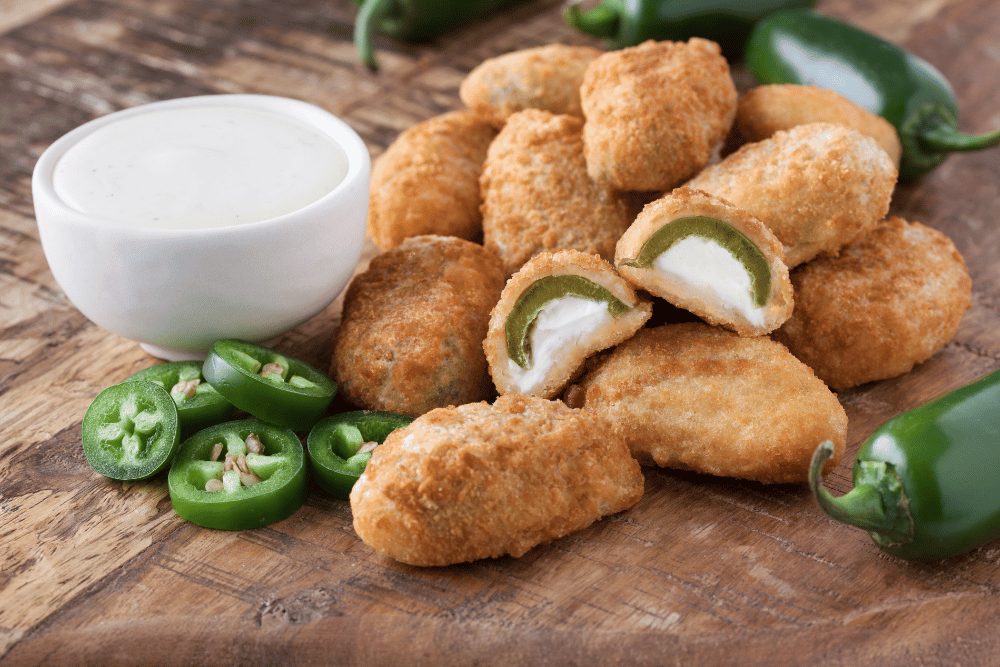
How Hot Are Jalapeno Peppers?
Jalapenos are considered mild and not one of the hottest pepper varieties. When you consider the capsaicin level in some super-hot peppers that have gained notoriety, like the Carolina reaper and ghost pepper, the heat of a jalapeno pales by comparison.
Most jalapenos are 2,500 – 8,000 SHU (Scoville heat units) on the Scoville scale, which is enough to make most people notice the heat.
For a better picture of where they rank relative to other peppers, take a look at the chart below:
- Carolina reaper, 1.5 – 2 million SHUs
- Ghost pepper, 800,000 – 1,000,000 SHUs
- Habanero pepper, 100,000 – 350,000 SHUs (some up to 577,000 SHUs)
- Serrano pepper, 10,000 – 25,000 SHUs
- Jalapeno pepper 2,500 – 8,000 SHUs
- Bell pepper, 0 SHUs
Are All Jalapenos Hot?
Most of us think of the dark green, tapered pepper easily found in grocery stores when we think of jalapenos. Still, there are over 20 jalapeno varieties with varying heat levels.
Since peppers get hotter the longer they’re left to ripen on the plant, it’s safe to assume that green jalapenos are generally milder than red jalapenos.
The ones most commonly found in the grocery store are TAM jalapenos at the lower end of the spectrum. Occasionally the Mucho Nacho variety will be carried, which is hotter than the standard TAM.
Pro tip: Jalapenos with striations, almost like thin, dry lines, are hotter than their counterparts. If you’re looking for the hottest ones in the bunch, look for those. Or vice versa if you’re hoping to find milder peppers!
What Colors Are Jalapeno Peppers?
The different varieties of jalapenos mean not only different heat levels but also different colors.
Factors that influence the color of the pepper are:
- Length of time left to ripen on the plant
- Genetic differences in the plant variety
- Growing conditions and climate
Among the different colors you’ll find are:
- Dark green. The standard color of most jalapenos, regardless of variety.
- Red. Color when the green jalapeno is fully ripened
- Purple jalapeno. This is a different variety that starts green and ripens to purple. It’s hotter than the standard green.
- Black jalapeno. This is a different variety that starts green and turns purple, black, and red. It’s hotter than the standard green.
- White jalapeno. This is a different variety that is pale yellow to white with hints of light green. It has a mild heat but is slightly hotter than the standard green.
- Brown jalapeno. This is a different variety that starts green and ripens to chocolate brown. It’s hotter than the standard green.
Although these different varieties exist, they can be challenging to find in mainstream grocery stores. Occasionally they may be found in specialty stores, but your best bet is to grow them yourself if you’d like to try them.
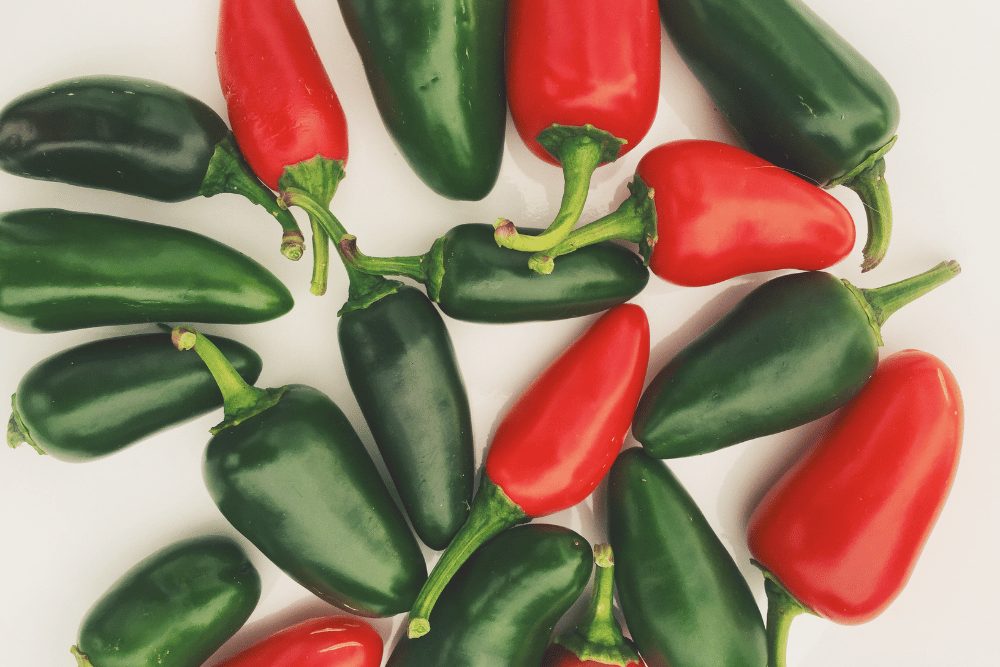
What Is The Difference Between A Jalapeno And Bell Pepper?
The most commonly consumed peppers are the bell pepper and the jalapeno pepper. Both these peppers offer several health benefits and complement each other when used together.
The primary differences between the two are shape and heat level. Bell peppers have a Scoville rating of 0 SHUs, while jalapenos are 2,500 – 8,000 SHUs.
Bell peppers are heavy, large, four-lobed, and blocky-shaped. They’re about four inches long. Jalapenos are small, tapered, and conical-shaped.
They both have thick, crunchy skin and juicy flesh, making them both excellent stuffing peppers.
Disclaimer: There is one bell pepper that breaks the rules – the Cajun Belle Pepper. This spicy cousin of the standard bell has a Scoville rating of 500 – 4,000 SHUs, so if you get the right one, it may rival the jalapeno in heat.
What To Do With Jalapeno Peppers?
The uses for jalapeno peppers are seemingly endless.
You’ll find them featured many cuisines, including:
- Mexican
- Tex-Mex
- Latin
- Thai
- Asian
- Caribbean
- American
And many others.
Raw and pickled jalapenos are often used to top nachos, soups, sushi, and pizza or added to guacamole for a punch of heat.
They’re also perfect for pickling and stuffing. Jalapeno poppers – jalapenos stuffed with cheese, breaded, and fried – have become a bar food favorite. Other variations of poppers are wrapped in bacon and grilled or baked.
Another popular new use for fresh jalapenos is in spicy margaritas. Depending on how spicy you like this trendy tequila cocktail, your bartender can muddle jalapeno into the drink or simply float a couple of fresh slices on top for a more subtle kick.
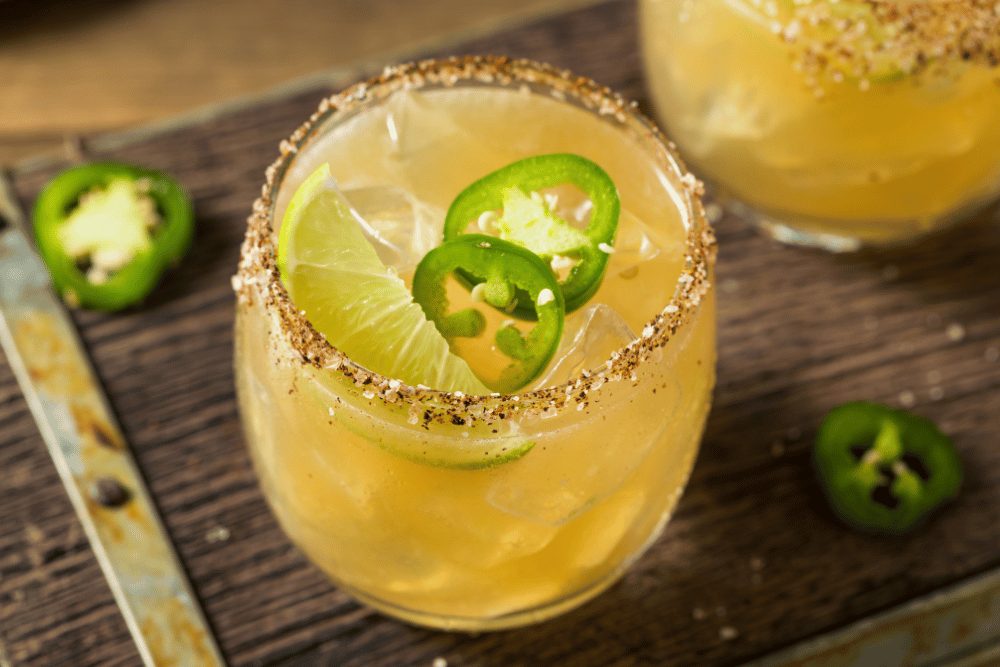
Jalapenos can be incorporated into nearly any recipe that demands a bit of heat. For some creative uses, try:
There are many methods for preserving jalapenos as well. Canning, pickling, or freezing are all options.
Where To Buy Jalapeno Peppers
The better question is, where can you not buy jalapeno peppers?
Jalapeno peppers are widely available in nearly every grocery store. Bear in mind, however, that these are the most common, mild-heat jalapenos. If you want to try one of the rarer varieties, you’ll need to grow them yourself.
Can You Grow Jalapenos?
Jalapenos are extremely easy to grow. Plant starters and seeds are easy to find in any nursery. The more exotic varieties will likely need to be purchased online.
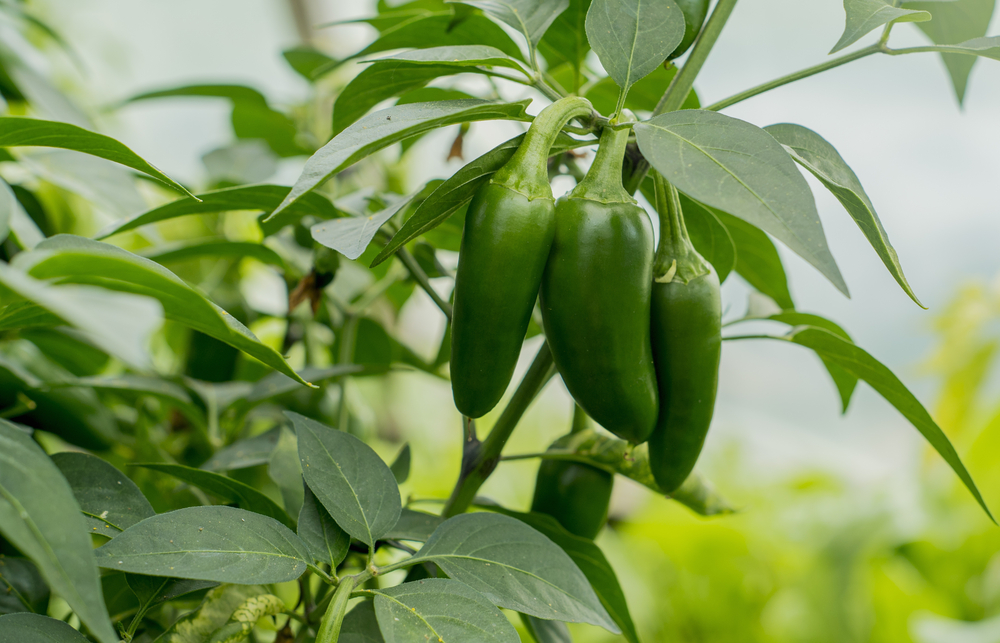
To grow jalapenos from seed, start them inside 6-8 weeks before the last frost and keep the soil warm. The soil needs to be kept between 60-80 degrees Fahrenheit for the seeds to germinate.
Once the plants have 4-6 sets of leaves and the danger of frost has passed, you can transplant them directly into the garden or a container.
Jalapenos, like all peppers, thrive in a warm climate and with daytime temperatures in the 80-90 degrees Fahrenheit range to produce fruit.
While jalapenos don’t like wet feet, they also need regular water, especially when temperatures are more than 100 degrees for an extended period.

